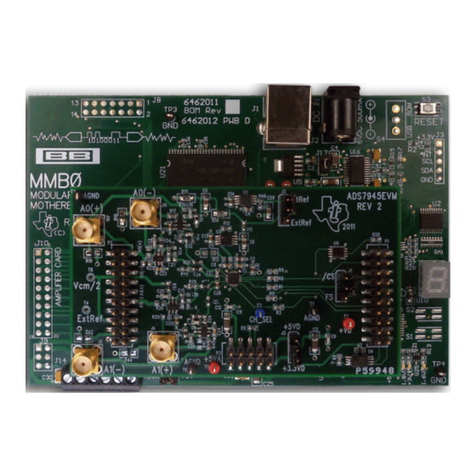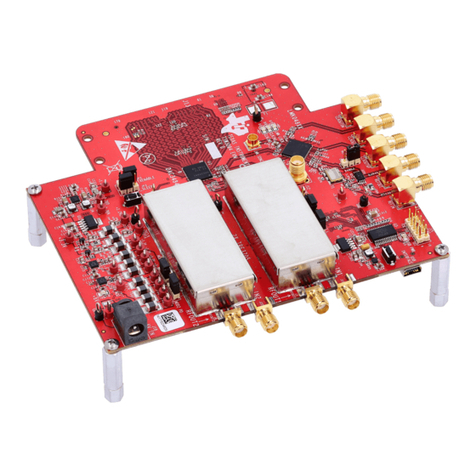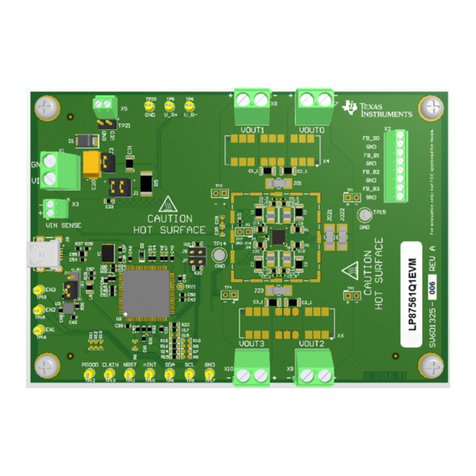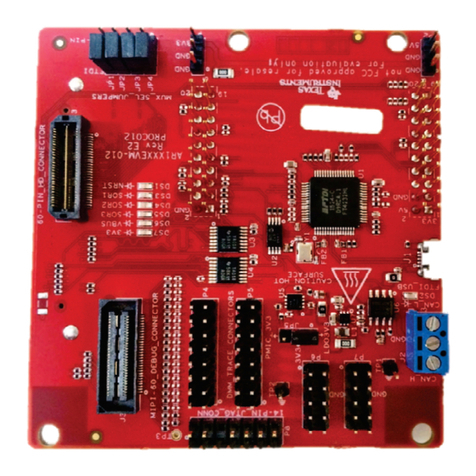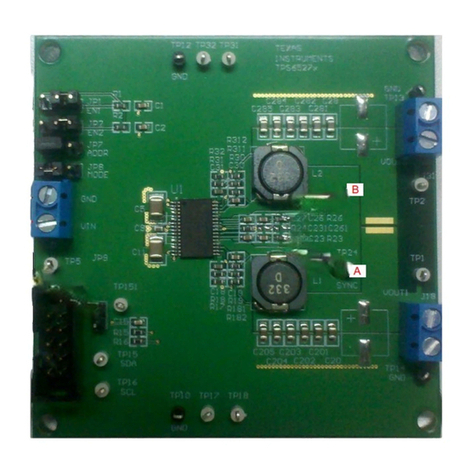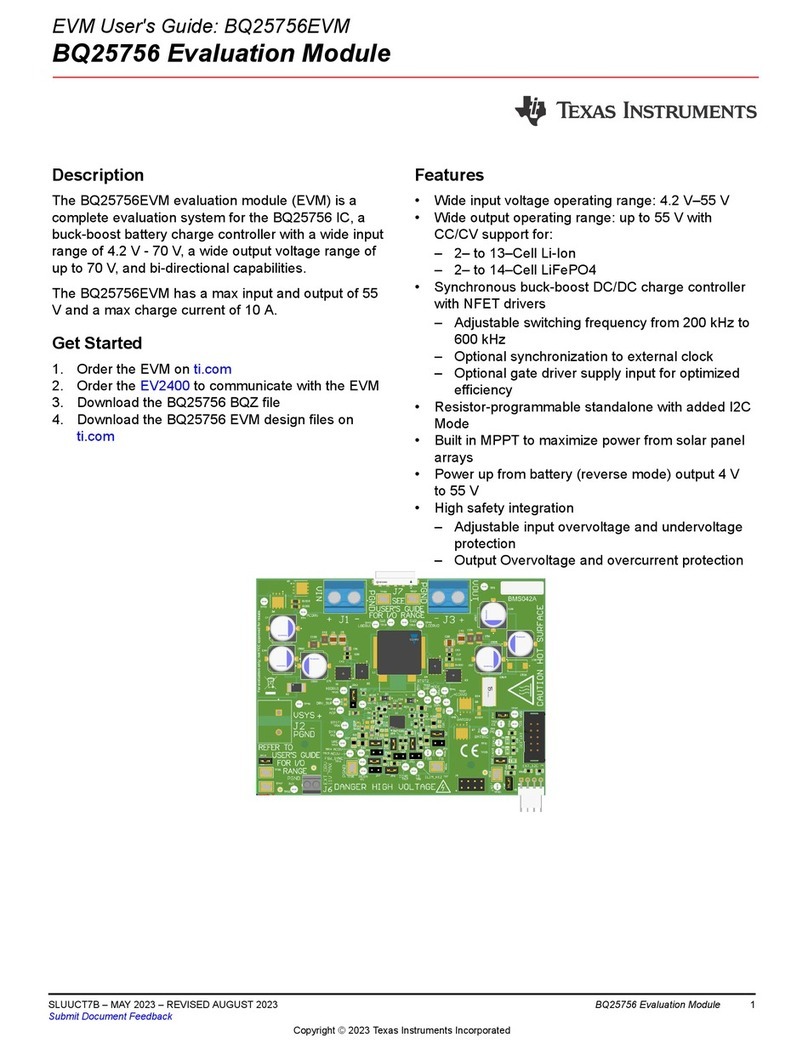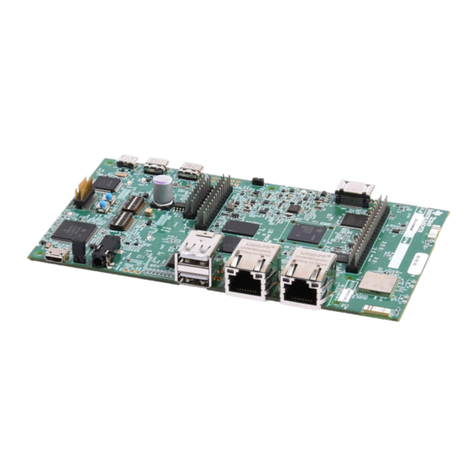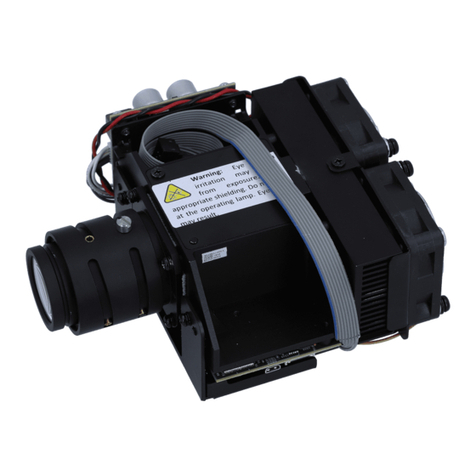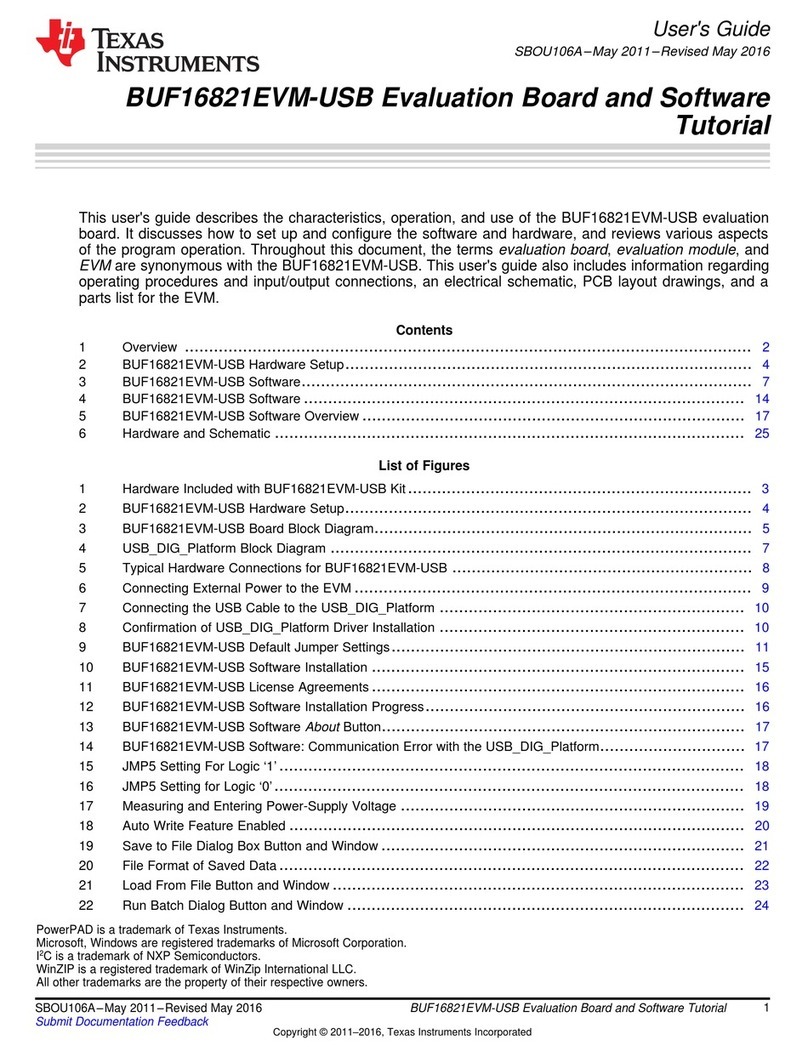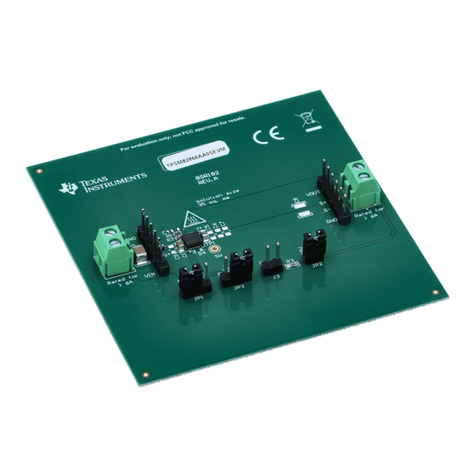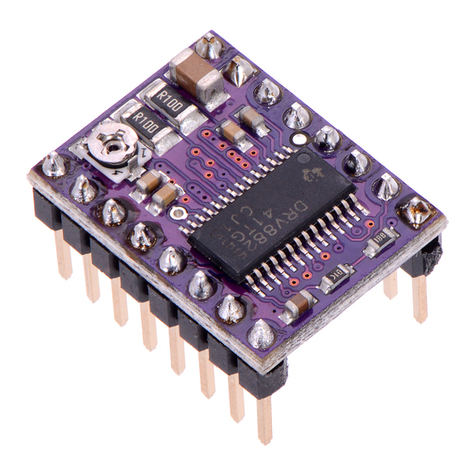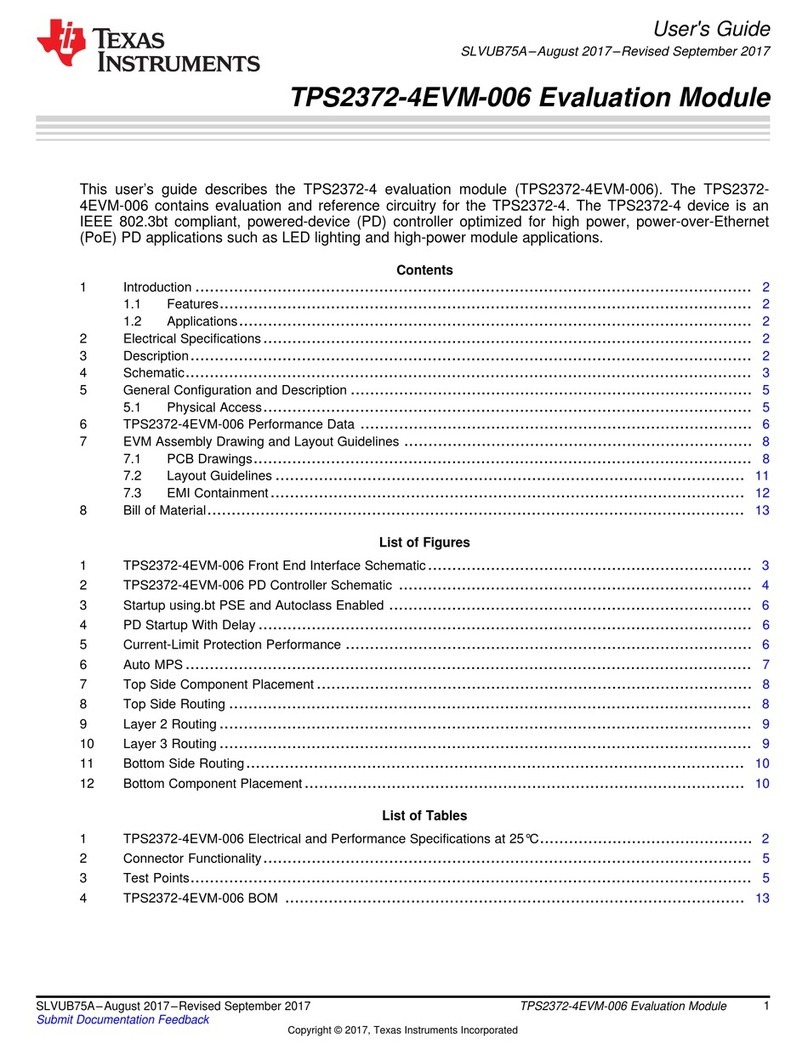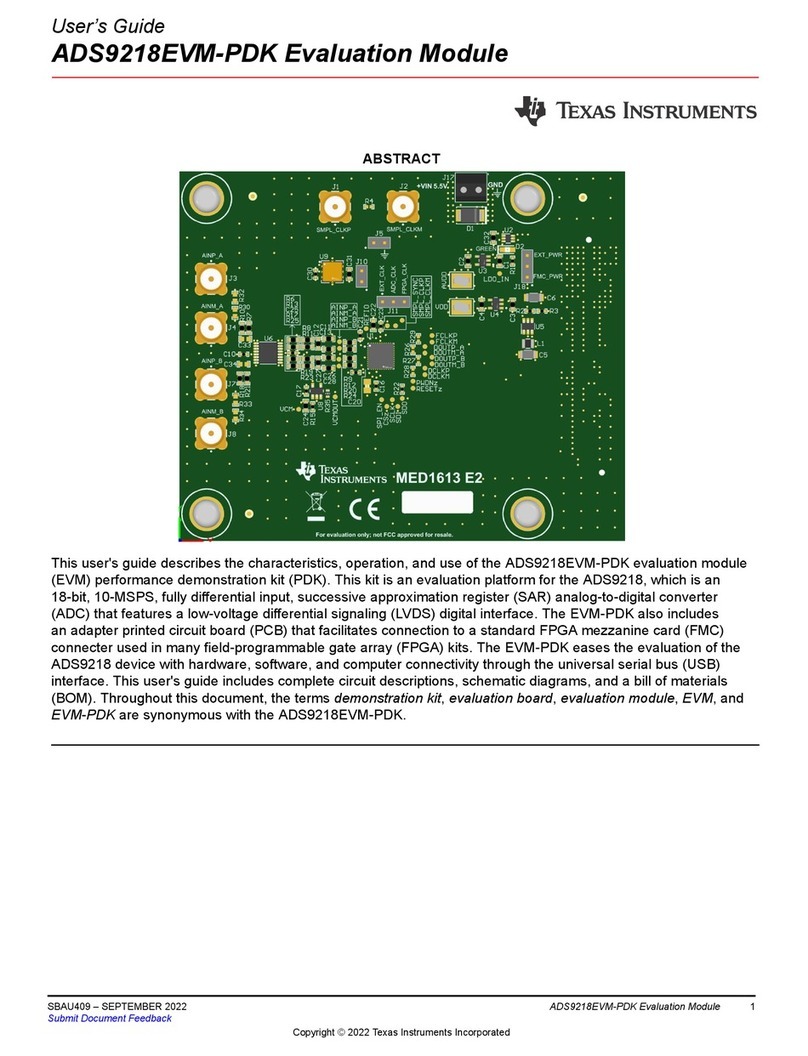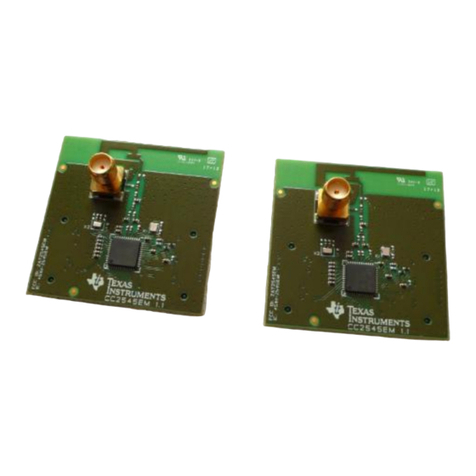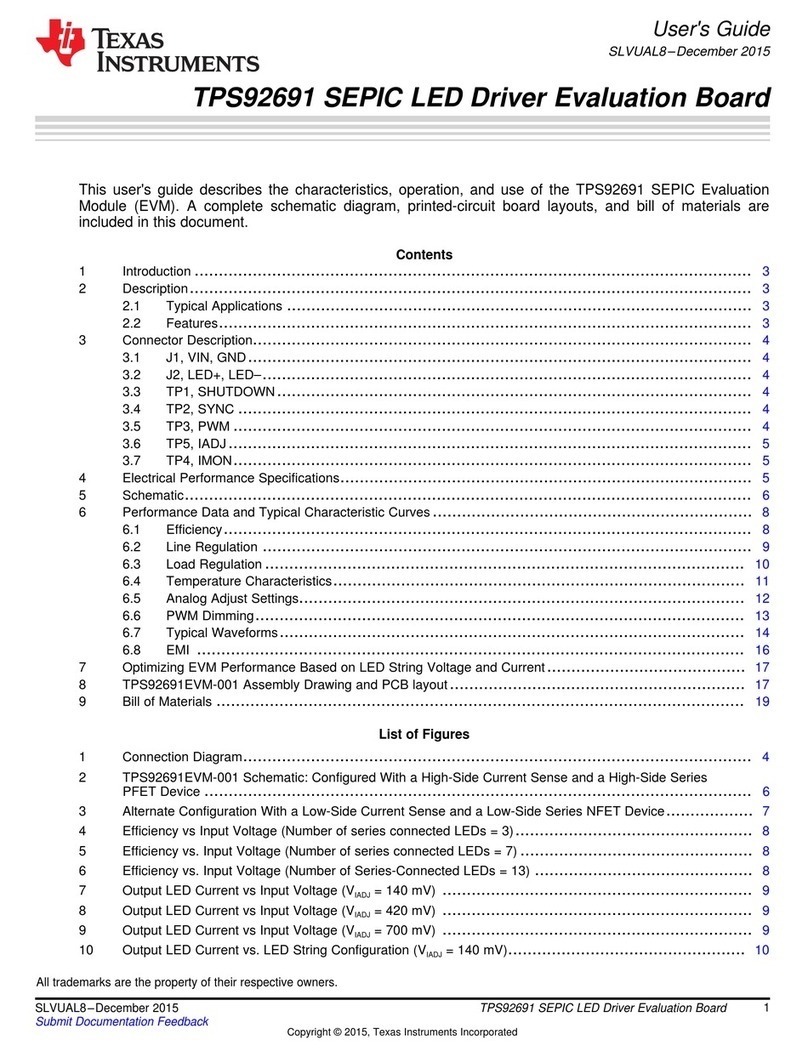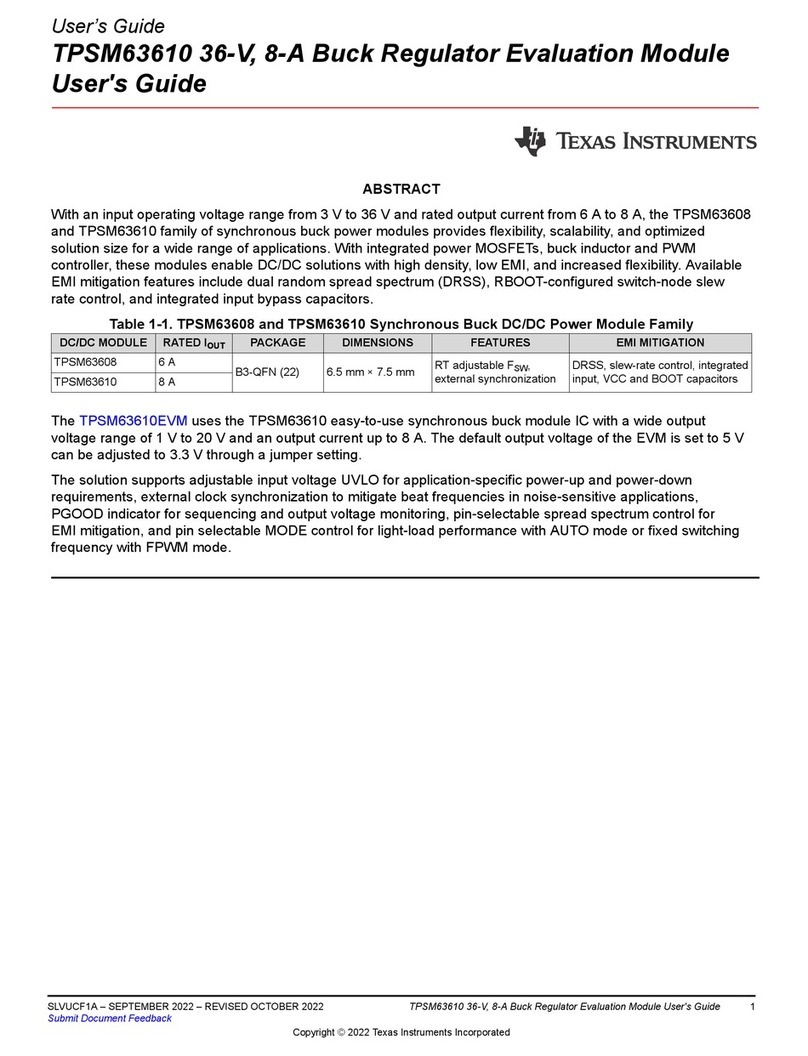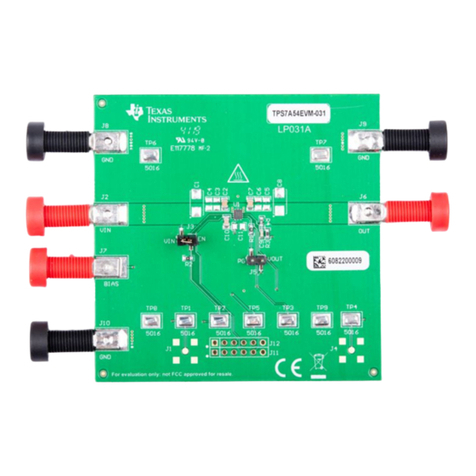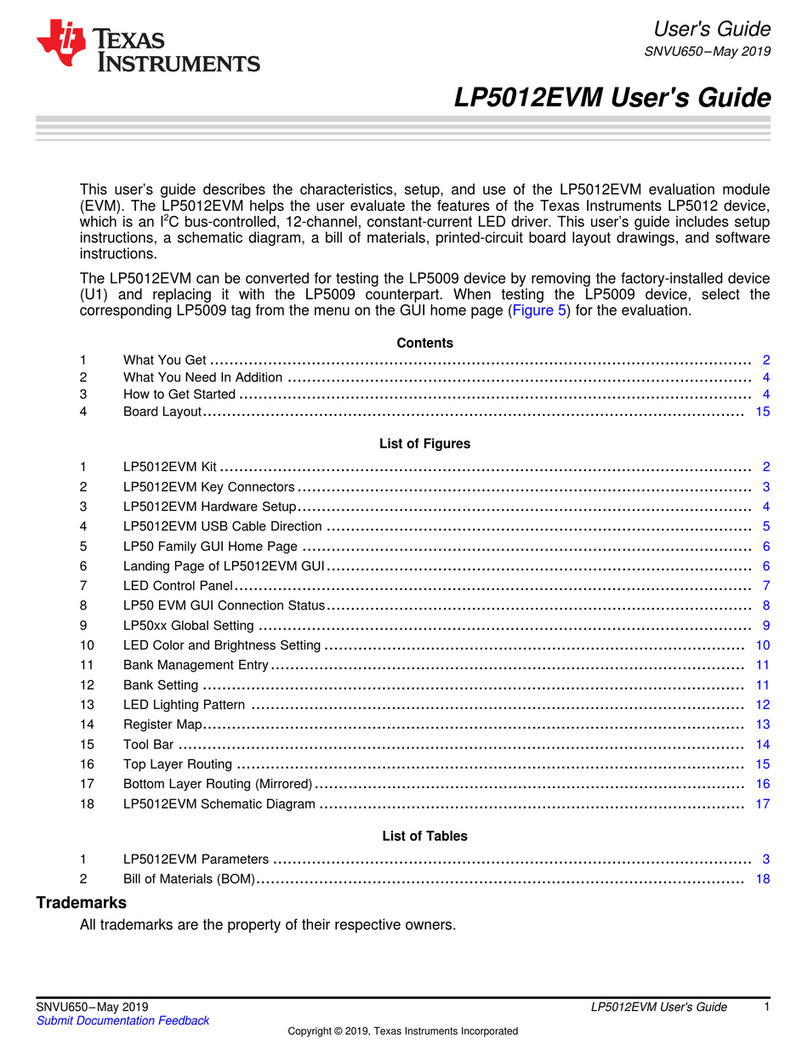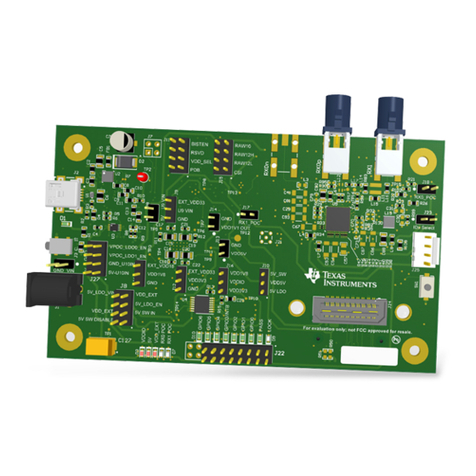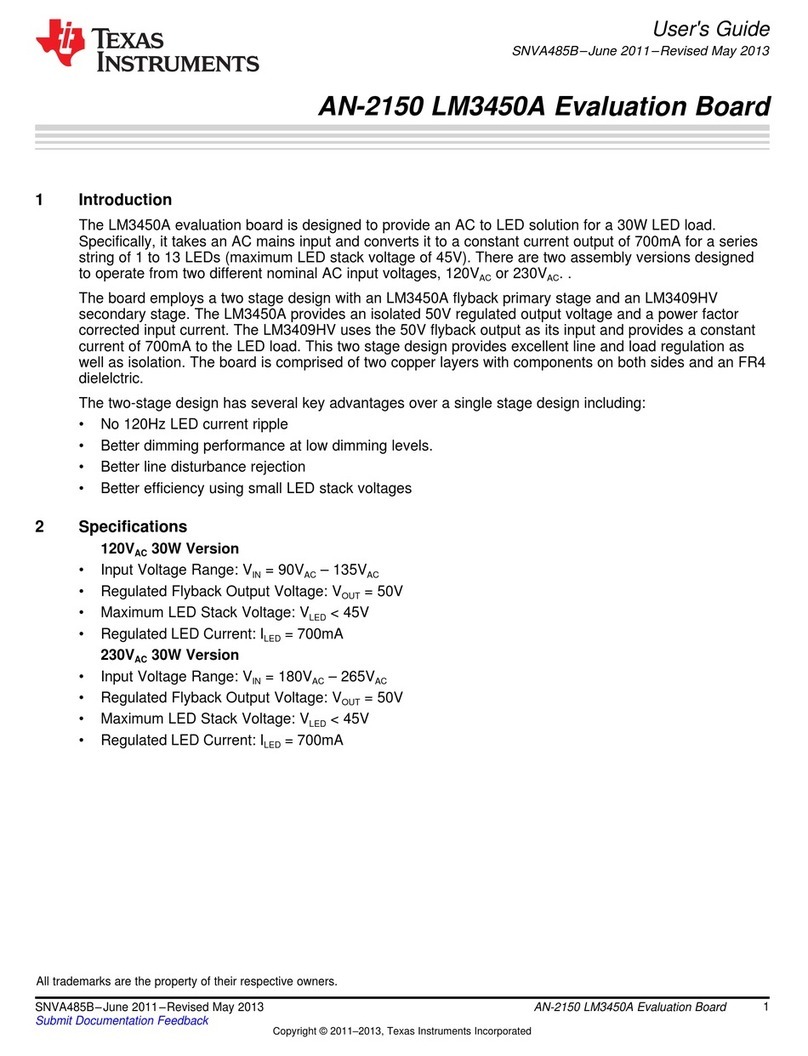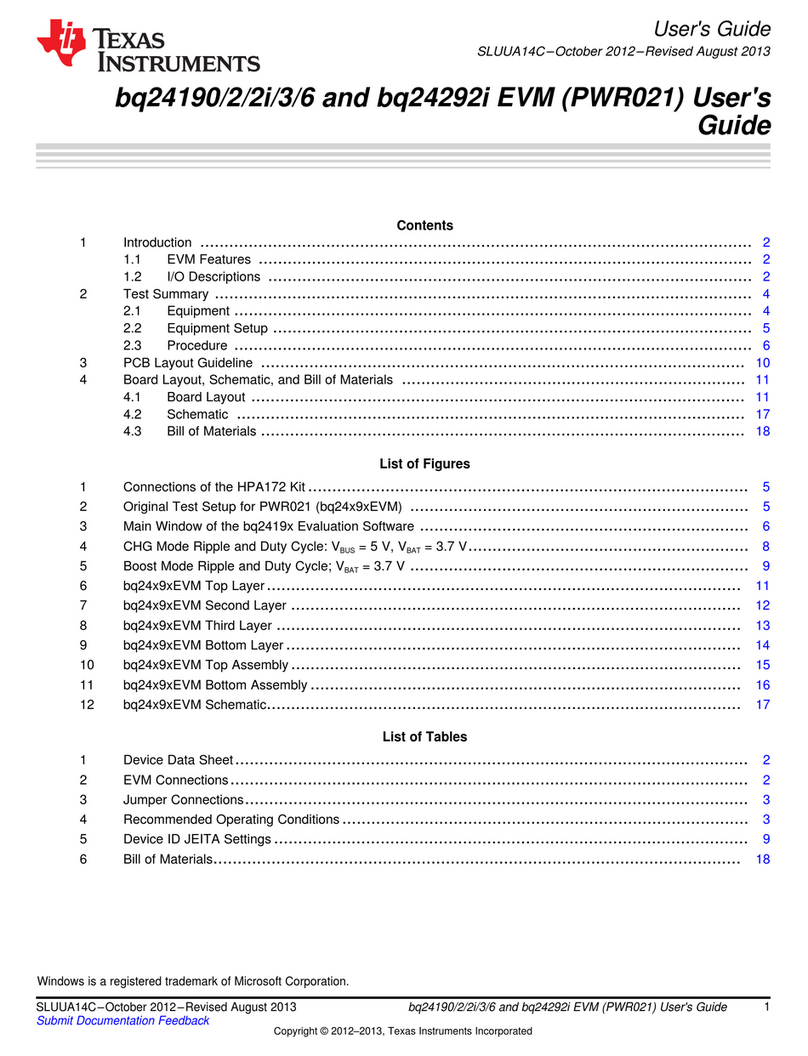
5.4.2 Configuration Controls
Software Operation
•Full Bypass – When set, all filtering, QMC, and NCO functions are bypassed.•FIR Bypass – Bypass all interpolation filters. QMC INCO functional. Limited to FDAC = 250 MHz•FIFO Bypass – When set to bypass, the internal four sample FIFO is disabled. When cleared, theFIFO is enabled.•FIR A – A side first FIR filter in high-pass mode when set, low-pass mode when cleared.•FIR B – B side first FIR filter in high-pass mode when set, low-pass mode when cleared.•Dual Clk – Only used when the PLL is disabled. When set, two differential clocks are used to input thedata to the chip; CLK1/CLK1C is used to latch the input data into the chip, and CLK2/CLK2C is usedas the DAC sample clock.•Interleave – When set, interleaved input data mode is enabled; both A and B data streams are input atthe DA(15:0) input pins.•Inverse Sinc – Enables inverse sinc filter.•Half Rate Input – Enables half rate input mode. Input data for the DAC A data path is input to the chipat half speed using both the DA(15:0) and DB(15:0) input pins.•Sif – Sets sif_4-pin bit. A 4-pin serial interface mode is enabled when on, 3-pin mode when off. TheDAC5687 Demo Kit is configured for a 3-pin serial interface, so setting to a 4-bit serial interface makesreading registers impossible with the GUI.•Inv. PLL Lock – Only used when PLL is disabled and dual clock mode is disabled. When cleared,input data is latched into the chip on rising edges of the PLLLOCK output pin. When set, input data islatched into the chip on falling edges of the PLLLOCK output pin.•PLL Freq – Sets PLL VCO center frequency to low or high center frequency.•PLL Kv – Sets PLL VCO gain to either high or low gain.•Qflag – Sets qflag bit. When set, the QFLAG input pin operates as a B sample indicator wheninterleaved data is enabled. When cleared, the TXENABLE rising determines the A/B timingrelationship.
•2's Comp – When set, input data is interpreted as 2's complement. When cleared, input data isinterpreted as offset binary.•Rev A Bus – When cleared, DA input data MSB to LSB order is DA(15) = MSB and DA(0) = LSB.When set, DA input data MSB to LSB order is reversed, DA(15) = LSB and DA(0) = MSB.•Rev B Bus – When cleared, DB input data MSB to LSB order is DB(15) = MSB and DB(0) = LSB.When set, DB input data MSB to LSB order is reversed, DB(15) = LSB and DB(0) = MSB.•USB – When set, the data to DACB is inverted to generate upper side band output.•Inv. Clk I(Q) – Inverts the DAC core sample clock when set, normal when cleared.•Sync_Phstr – When set, the internal clock divider logic is initialized with a PHSTR pin low to hightransition.
•Sync_cm – When set, the coarse mixer is synchronized with a PHSTR low-to-high transition.•Sync_NCO – When set, the NCO phase accumulator is cleared with a phstr low-to-high transition.•Phstr Clk Div Select – Selects the clock used to latch the PHSTR input when restarting the internalclock dividers. When set, the full rate CLK2 signal latches PHSTR and when cleared, the divided downinput clock signal latches PHSTR.•DAC Serial Data – When set, both DAC A and DAC B input data is replaced with fixed data loadedinto the 16-bit serial interface DAC Static Data.–Counter Mode – Controls the internal counter that can be used as the DAC data source: {off; all16b; 7b LSBs; 5b MIDs; 5b MSBs}.–DAC Static Data – When DAC Serial Data is set, both DAC A and DAC B input data is replacedwith fixed data loaded with this value. Range = 0 - 65535.•Alt. PLLLOCK Output – Can be used to determine alternate outputs on the PLLLOCK pin when usingthe internal PLL mode. The EXTLO pin must be open when using this mode.•NCO – When set, enables NCO.–NCO Gain – Sets NCO gain resulting in a 2x increase in NCO output amplitude. Except for F
s
/2and F
s
/4 mixing NCO frequencies, this selection can result in saturation for full-scale inputs.Consider using QMC gain for lower gains.
10 TSW3003 Demonstration Kit SLWU029D – October 2006 – Revised August 2007Submit Documentation Feedback
